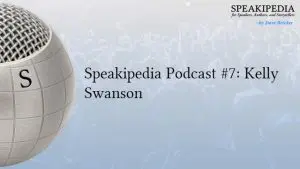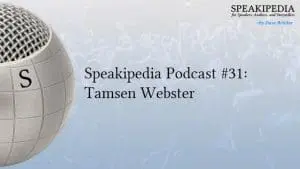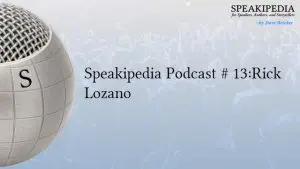Once you have the transformation defined, map out the steps to get there.
Let’s say the transformation is that we want our listeners to appreciate the peanut butter and jelly sandwich as a nutritious and healthy meal, and not as a mundane substitute for a lunch they didn’t have time to prepare.
Yeah, that transformation is a bit silly but preparing a sandwich will save your audience time that they can turn into productivity. And if the PBJ is high quality, they won’t feel like they’re letting themselves down when they pack it off to work with them.
So how do we achieve that transformation?
Map out the journey.
Our audience should explore the possibilities of organic, natural peanut butter as opposed to the sugary, homogenized variety.
And smooth peanut butter? What’s that about?
They should know about high-quality jellies and jams made from pure fruit—the ones that aren’t artificially colored and packed with processed sugar.
And they should discover where to buy artisan bread or even how to bake it themselves. Flour. Yeast. Kneading the dough by hand. Allowing it to rise and then kneading again.
Each of those three elements—peanut butter, jelly, and bread—contributes to a sandwich that transcends the boring, white, grape jelly, plasticene peanut butter pseudo-sandwiches they resented finding in their elementary school lunch boxes.
Each is a step on a journey toward transformation.
Yes, we’re still delivering information, but we’re doing so in the service of taking the audience to a better place.
So step one was define the transformation—the destination
Step two is mapping out the journey to get there.
Read How to Structure a Speech Part 1
Read How to Structure a Speech Part 3





